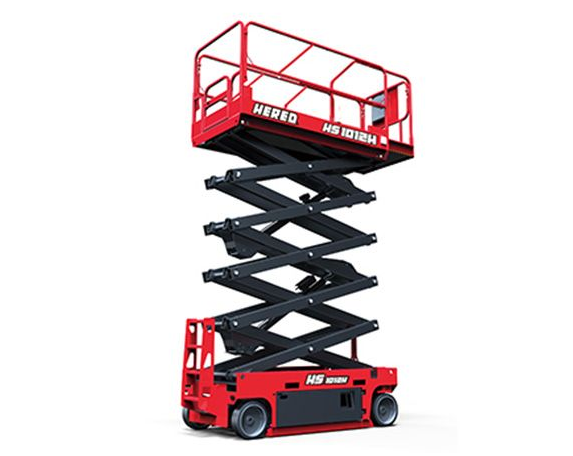The Benefits of Aerial Lifts
What is a Mobile Aerial Platform?
Aerial work platforms — or AWPs, as they are more commonly known — are economical, portable models that lift one or two workers. These machines are also known as: Aluminum products, manlifts, personnel lifts, lifts, push-arounds and mobile elevating work platforms (MEWPs).
Aerial lifts can significantly impact your company's daily operations. With a wide range of models offering various lift heights, there's a solution for nearly any work environment. When selecting an aerial lift, consider factors such as indoor versus outdoor use, the vertical and horizontal reach of the platform, and the lifting capacities to ensure the equipment meets your specific needs.
What are the 3 Components of an Aerial Lifting Platform?
The main parts include: a base frame, a platform and a lifting mechanism.
Aerial Lift Applications & Industries
Made for the purpose of lifting workers, tools and light materials, aerial lifts can move easily on the work site and provide safer access in hard to reach areas. The design of these lifts allow operator mobility and flexibility which increases efficiency. It also replaces the use of traditional ladders, man-baskets on lift trucks and scaffolds to make working at high elevations safer.
Industries including manufacturing, maintenance services, real estate management, warehousing, and construction all benefit from the use of aerial lifts. Beyond general construction, these lifts are commonly employed for tasks such as routine building maintenance, painting, tree trimming, installing rooftop HVAC systems, and managing inventory.
Aerial Lift Safety Training
Modern aerial lifts are equipped with advanced safety features that significantly improve stability, control, and emergency response compared to traditional equipment. Key safety elements include slip-resistant surfaces to prevent falls, high guardrails to enclose the worker, and a full-body harness with a lanyard for fall restraint on boom-supported lifts.
Despite these built-in safety measures, it is crucial for operators to perform thorough pre-start inspections. This includes checking the lift structure, hydraulic and electrical components, controls, limits, and emergency systems, as well as assessing the work site for potential hazards. Additionally, comprehensive operator training is essential to ensure injury prevention and proper usage. This training should cover:
- Fall protection and job hazard analysis
- Pre-shift inspections
- Wind exposure limits
- Handling unstable and sloping surfaces
- Proximity to live power sources
- Tipping hazards and falling objects
- Load capacity of the aerial work platform (AWP)
- Emergency descent and rescue procedures
- Safe machine positioning and proper use of the elevating design





